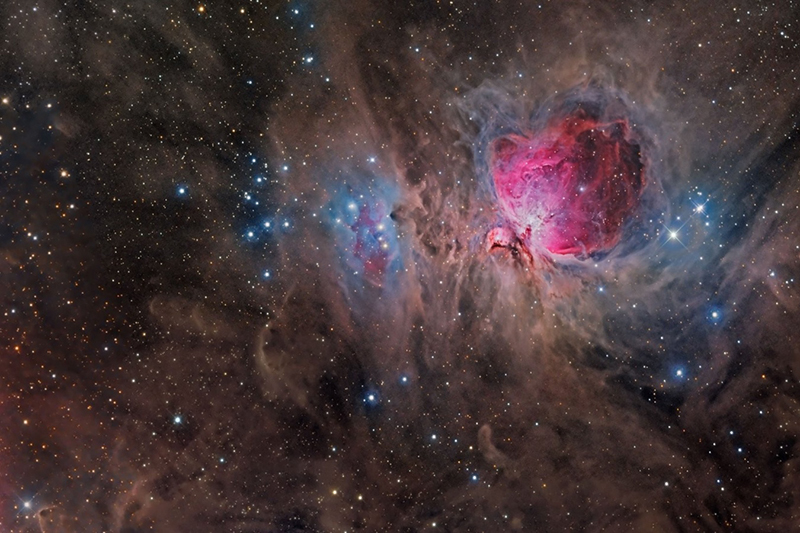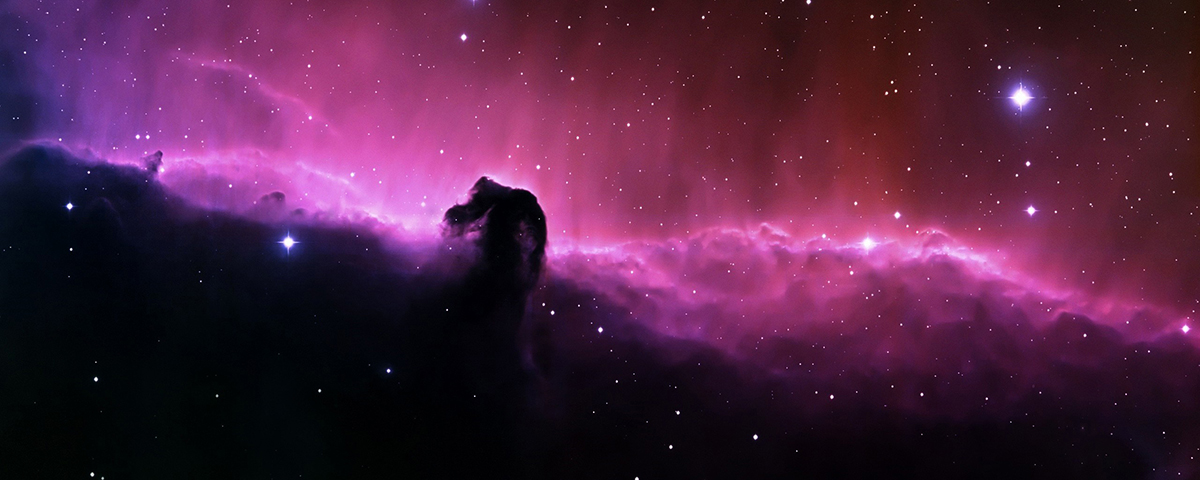Star clusters, galaxies, nebulae... they are all part of deep space, objects captured in spectacular images and located hundreds or thousands of light years away... in regions that we may never be able to explore but that will always be there, surprising us with their majesty and allowing us to know a little more of the Universe that surrounds us and continues to raise questions for us. The study of many of these objects has contributed enormously to the progress of astronomy and reveals precisely the processes responsible for keeping it active.
 Although deep space objects are conceived of as all those outside the Solar System and that are normally only visible with powerful telescopes or binoculars, such as clusters, nebulae and galaxies, in this section I have also included a section dedicated to stars and their multiple variations (binary, variables), to all processes related to stellar evolution, and to new disciplines that have emerged thanks to the observation of other stars (e.g. discoveries of exoplanets).
Although deep space objects are conceived of as all those outside the Solar System and that are normally only visible with powerful telescopes or binoculars, such as clusters, nebulae and galaxies, in this section I have also included a section dedicated to stars and their multiple variations (binary, variables), to all processes related to stellar evolution, and to new disciplines that have emerged thanks to the observation of other stars (e.g. discoveries of exoplanets).
Thanks to the study of deep space objects, astronomy today can answer various questions about the Universe, which allow us to better understand its origin, development and hypothetical end. Concepts such as dark matter and dark energy have been possible to analyze thanks to studies on galaxies and supernovae; Star clusters, on the other hand, have allowed us to determine the position of the Sun in the Milky Way; Meanwhile, the study of different types of nebulae has been crucial in better understanding the processes of stellar evolution and extrapolating it to our own star.
Modern cosmology, which is dedicated to studying the origin and evolution of the Universe, today proposes as its main objectives to provide models to understand the Universe and answer questions such as: when and how did the Universe begin? Has it always existed? How was your material formed? Will it ever end? It is hoped that in the coming years these answers will come to light, thanks to the sustained study of deep space.


